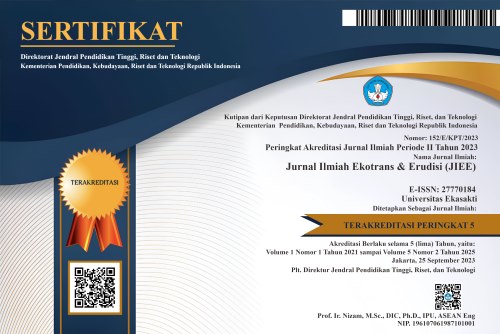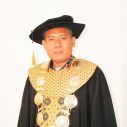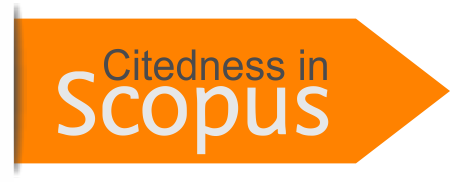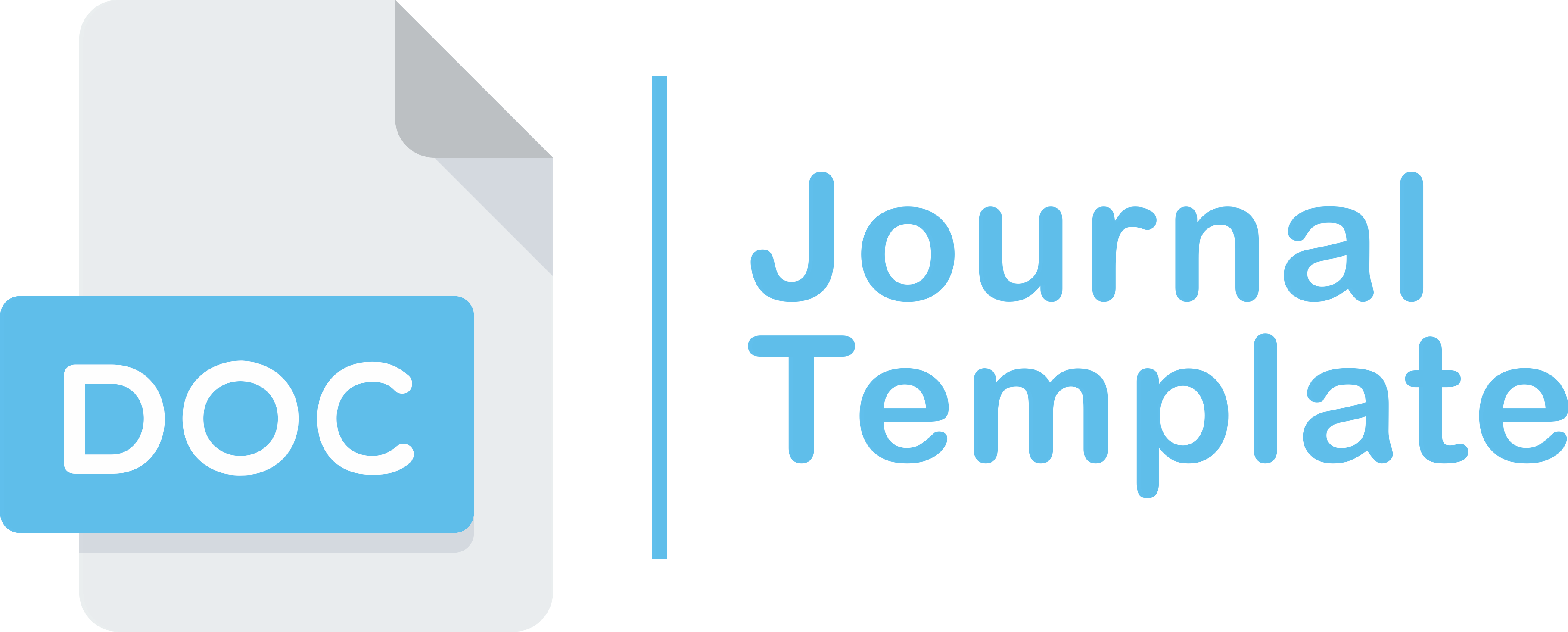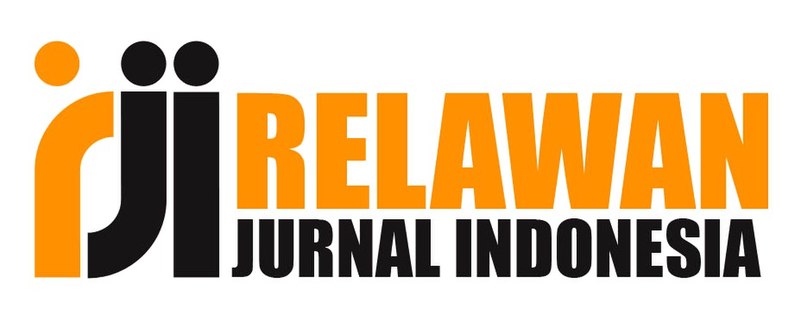Legal Review of the Use of Closed-Circuit Television as Electronic Evidence in Proving Criminal Acts in Indonesia
DOI:
https://doi.org/10.69989/8kajvb41Keywords:
Legal Review, Closed-Circuit Television, Electronic Evidence, Criminal ActsAbstract
This research delves into using Closed Circuit Television (CCTV) surveillance cameras as electronic evidence in criminal proceedings in Indonesia, specifically focusing on Law Number 19 of 2016 concerning Amendments to Law Number 11 of 2008 regarding Information and Electronic Transactions (ITE). The continuously advancing field of information technology, including CCTV technology, now assumes a significant role within the realm of criminal justice, particularly in detecting criminal activities. Nevertheless, a contentious issue persists surrounding the admissibility of CCTV footage as evidence in court proceedings due to the absence of explicit regulations within the Criminal Procedure Code (KUHAP) about electronic evidence. This investigation scrutinizes the legal validity of CCTV recordings as evidence, shedding light on various instances where such recordings have served as crucial evidence in criminal trials. Employing a normative legal framework, this study also evaluates the repercussions of acknowledging CCTV recordings as admissible evidence within the framework of the Indonesian criminal justice system. This study's outcomes aim to offer theoretical insights and practical contributions to the advancement of criminal law, particularly regarding evidentiary matters and the utilization of electronic evidence within Indonesia.
Downloads
References
Ghimire, S., & Lee, B. (2020). A data integrity verification method for surveillance video system. Multimedia Tools and Applications, 79(41), 30163–30185.
He, Y., Xiao, C., Wang, S., Liu, Y.-H., Xu, Z., Zhou, H., Zhao, M., & Gong, W. (2023). Smart all-time vision: The battery-free video communication for urban administration and law enforcement. Digital Communications and Networks, 9(6), 1411–1420.
Hnoohom, N., Chotivatunyu, P., & Jitpattanakul, A. (2022). ACF: an armed CCTV footage dataset for enhancing weapon detection. Sensors, 22(19), 7158.
Kassin, S. M., Russano, M. B., Amrom, A. D., Hellgren, J., Kukucka, J., & Lawson, V. Z. (2019). Does video recording inhibit crime suspects? Evidence from a fully randomized field experiment. Law and Human Behavior, 43(1), 45.
Mulia, R. A., & Saputra, N. (2020). Analisis Faktor-Faktor Yang Mempengaruhi Kesejahteraan Masyarakat Kota Padang. Jurnal El-Riyasah, 11(1), 67–83. https://doi.org/10.24014/jel.v11i1.10069
Piza, E. L. (2021). The history, policy implications, and knowledge gaps of the CCTV literature: Insights for the development of body-worn video camera research. International Criminal Justice Review, 31(3), 304–324.
Purwati, A. (2020). Metode penelitian hukum teori & praktek. Jakad Media Publishing.
Soemitro, R. H. (2015). Metodologi penelitian hukum (Cetakan kedua). Ghalia Indonesia.
Wahyuningsih, S. E. (2014). Urgensi Pembaharuan Hukum Pidana Materiel Indonesia Berdasarkan Nilai-Nilai Ketuhanan Yang Maha Esa. Jurnal Pembaharuan Hukum, 1(1), 17–23.
Downloads
Published
Issue
Section
License
Copyright (c) 2024 Siswantari Pratiwi, Besse Patmawanti (Author)

This work is licensed under a Creative Commons Attribution-ShareAlike 4.0 International License.
Copyright Notice
An author who publishes in the journal "Jurnal Ilmiah Ekotrans & Erudisi" agrees to the following terms:
Author retains the copyright and grants the journal the right of first publication of the work simultaneously licensed under the Creative Commons Attribution-ShareAlike 4.0 License that allows others to share the work with an acknowledgement of the work's authorship and initial publication in this journal
Author is able to enter into separate, additional contractual arrangements for the non-exclusive distribution of the journal's published version of the work (e.g., post it to an institutional repository or publish it in a book) with the acknowledgement of its initial publication in this journal.
Author is permitted and encouraged to post his/her work online (e.g., in institutional repositories or on their website) prior to and during the submission process, as it can lead to productive exchanges, as well as earlier and greater citation of the published work (See The Effect of Open Access).
All materials in this site are protected by the law. It is prohibited to quote a part of or all of this website contents for commercial purposes without the permission or consent of the editors.
If anyone finds one article or more in this journal violate or potentially violate one’s copyrights, please report to us through e-mail of Principle Contact.
Legal-formal aspects of accessing any information and manuscript in this journal website refer to the provision of license Creative Commons Attribution-Share Alike (CC BY-SA). Read more about the Creative Commons Attribution-ShareAlike 4.0 Licence here: https://creativecommons.org/licenses/by-sa/4.0/.
All information available in 'Jurnal Ilmiah Ekotrans & Erudisi' is academic in nature. 'Jurnal Ilmiah Ekotrans & Erudisi' is not responsible for loss due to the abuse of information in the website.
Information
Notice about change in the copyright policy of the journal 'Jurnal Ilmiah Ekotrans & Erudisi' : "From Volume 1, Nomor 1 onwards the copyright of the article published in the journal 'Jurnal Ilmiah Ekotrans & Erudisi' will be retained by the author"
Privacy Statement
The names and email addresses entered in this journal site will be used exclusively for the stated purposes of this journal and will not be made available for any other purpose or to any other party.


